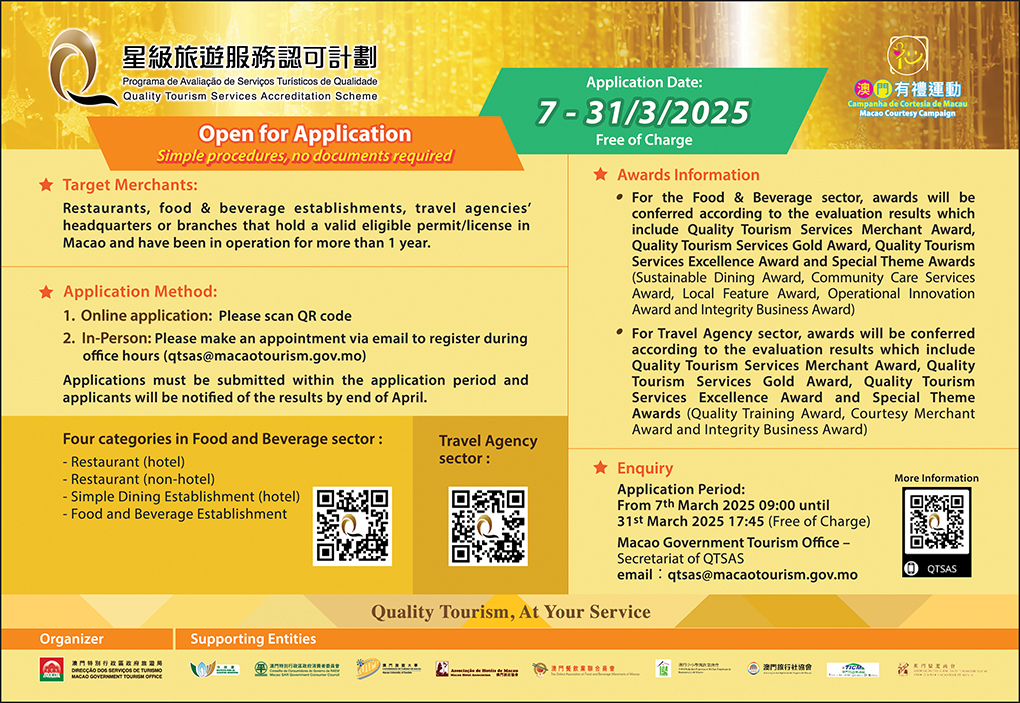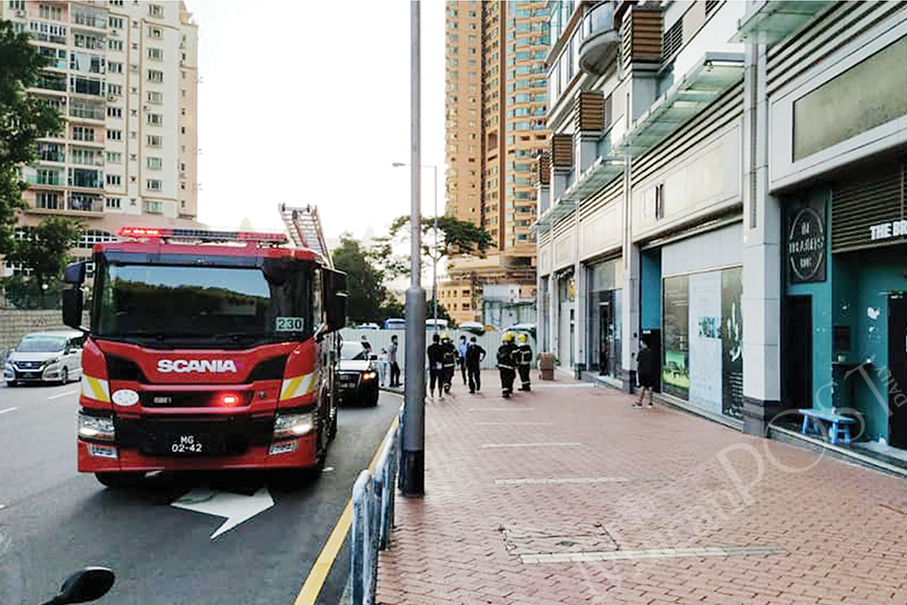Review by William Chan
On Saturday night, my colleague Lesley invited me to watch a guzheng recital of her former English-language student Peggy Chan Pui Ian at the Macau Cultural Centre (CCM) Small Auditorium.
“Guzheng” means “ancient zheng”. In general, “zheng” describes the stringed element or component of various traditional Chinese musical instruments that are similar, to a certain degree, to the European plucked zither.
Peggy Chan, a local musician and composer in her twenties, has garnered numerous awards and scholarships throughout her still short career. Her notable achievements include performing twice for President Xi Jinping. The first performance took place in 2014 during a Beijing concert commemorating Macau’s return to the motherland, while the second performance occurred in 2021 at the Communist Party of China’s (CPC) Centenary Arts Performance in the National Stadium in Beijing.
Although I am not a Chinese music enthusiast, it is evident to me that Peggy Chan showcases remarkable technical proficiency on her instrument. Her solo pieces, which feature traditional Chinese compositions, seem to be dedicated to demonstrating her technical skills and interpretation. On Saturday, Chan wisely limited the repertoire to only two pieces, as an excessive focus on traditional music could become tiresome.
Chinese traditional music has faced challenges in the modern era. While music in the Western world has evolved across various genres such as classical, modern, jazz, pop, and contemporary, Chinese music has remained more limited in its theoretical and instrumental development. Moreover, even Western instrumental music now competes with AI and electronic music.
One of the most impressive aspects of Peggy Chan’s recital was her bold incorporation of both her own compositions and contemporary pieces. She skilfully blended uncommon chords, techniques, styles, and structures with traditional Chinese music theory in four of her compositions, including one in a tango format. These surprising elements added a much-needed sense of excitement and drama to Chinese instrumental music, and Peggy Chan executed them with finesse. Her ability to navigate between traditional interpretation and alternative contemporary styles wove the pieces together cohesively.
The highlight of the performance was undoubtedly Peggy Chan’s rendition of Wang Danhong’s* piece “As It Is.” It was an outstanding performance that presented a beautiful fusion of Chinese and Western music, while still maintaining a strong thematic connection—a challenging feat in fusion music. Overall, Peggy Chan’s recital was a testament to her skill, creativity, and contribution to pushing the boundaries of Chinese music.
*According to Baidu Baike, Wang Danhong, a female composer, is one of the most representative young contemporary composers in China. She serves as a resident composer for the China National Traditional Orchestra.
Pianist Chan Ka Hou (left), guzheng player Peggy Chan Pui Ian (centre) and percussionist Jin Chuan perform her composition “Tango: Dance of the Strings” on Saturday night at the Macau Cultural Centre (CCM) Small Auditorium. – Photo: Lesley Wells







